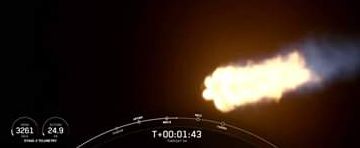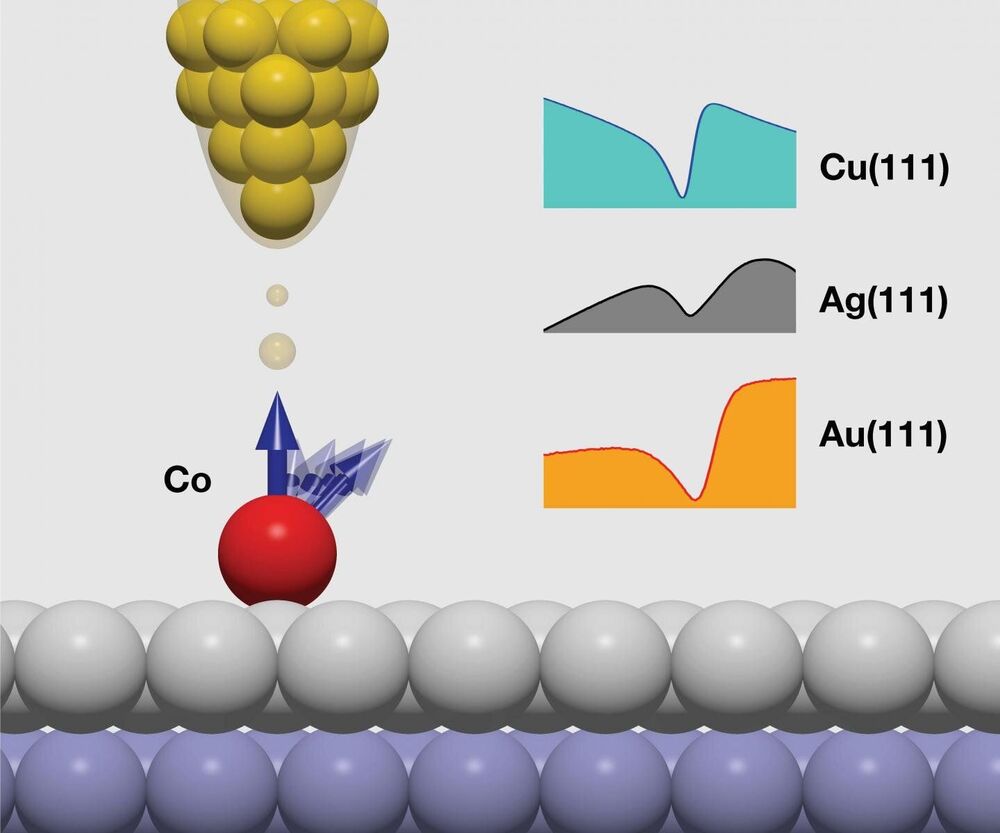Buy via Amazon : https://amzn.to/2XkG92y



Looks like living cells may have a lot more surprises to offer. 😃
Seeing our world through the eyes of a migratory bird would be a rather spooky experience. Something about their visual system allows them to ‘see’ our planet’s magnetic field, a clever trick of quantum physics and biochemistry that helps them navigate vast distances.
Now, for the first time ever, scientists from the University of Tokyo have directly observed a key reaction hypothesised to be behind birds’, and many other creatures’, talents for sensing the direction of the planet’s poles.
Importantly, this is evidence of quantum physics directly affecting a biochemical reaction in a cell — something we’ve long hypothesised but haven’t seen in action before.

This robot helps with the sorting of trash for recycling through AI. 😃
The Max-AI by Bulk Handling Systems (BHS) is a collaborative recycling robot that uses artificial intelligence and deep learning to help humans recycle more efficiently and reliably. (More info: https://youtu.be/z_TBFRnzIiw)

Would you like to live on a space station? 😃
If that sounds familiar to fans of the popular sci-fi book and TV series “The Expanse,” that’s because in that fictional universe, Ceres Station plays a pivotal role as one of humanity’s first human off-world colonies. In the series, however, the space rock itself was spun up to create a crewed habitat on its surface with artificial gravity.
In a paper uploaded to the prewrite repository arXiv this week, the team argues that Ceres would be prime real estate because it has nitrogen, which could enable the creation of an Earth-like atmosphere.
In fact, they argue that the environment could even be “better than Earth,” since there’s no adverse weather or natural disasters, and plenty of living space to grow into.



Ten thousands of years ago, the cave lion Panthera spelaea, a very intriguing subspecies of the modern-day lion which thrived on the Eurasian plateau, went extinct for reasons unknown.
A powerful ruler of the European steppe, the cave lion roamed territories from Spain to the far-off east of Russia. Fossils and bones have been dug out even in Alaska.
It was a loss of one of the largest subspecies of a lion to have ever traversed our planet. Scientists deem the cave lion was even slightly bigger than the average lion we see today.

The Kondo effect influences the electrical resistance of metals at low temperatures and generates complex electronic and magnetic orders. Novel concepts for data storage and processing, such as using quantum dots, are based on this. In 1998, researchers from the United States published spectroscopic studies on the Kondo effect using scanning tunneling microscopy, which are considered ground-breaking and have triggered countless others of a similar kind. Many of these studies may have to be re-examined now that Jülich researchers have shown that the Kondo effect cannot be proven beyond doubt by this method. Instead, another phenomenon is creating precisely the spectroscopic ‘fingerprint’ that was previously attributed to the Kondo effect.
Normally the resistance of metals decreases as the temperature drops. The Kondo effect causes it to rise again below a threshold value typical to the material in question, the so-called Kondo temperature. This phenomenon occurs when magnetic foreign atoms, such as iron, contaminate non-magnetic host metals, such as copper. Simply put, when a current flows, the atomic nuclei are engulfed by electrons. The iron atoms have a quantum mechanical magnetic moment. This causes the electrons in the vicinity to align their spin antiparallel to the moment of the atom at low temperatures and to hang around the cobalt atom like a cloud on a mountaintop. This hinders the flow of the electrons—the electrical resistance then increases. In physics, this is known as entanglement, the strong coupling of the moment of the impurity with the spins of the surrounding electrons.